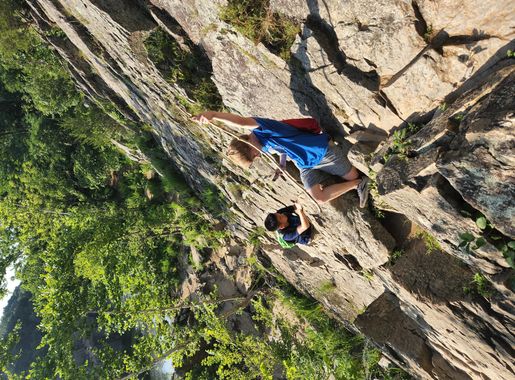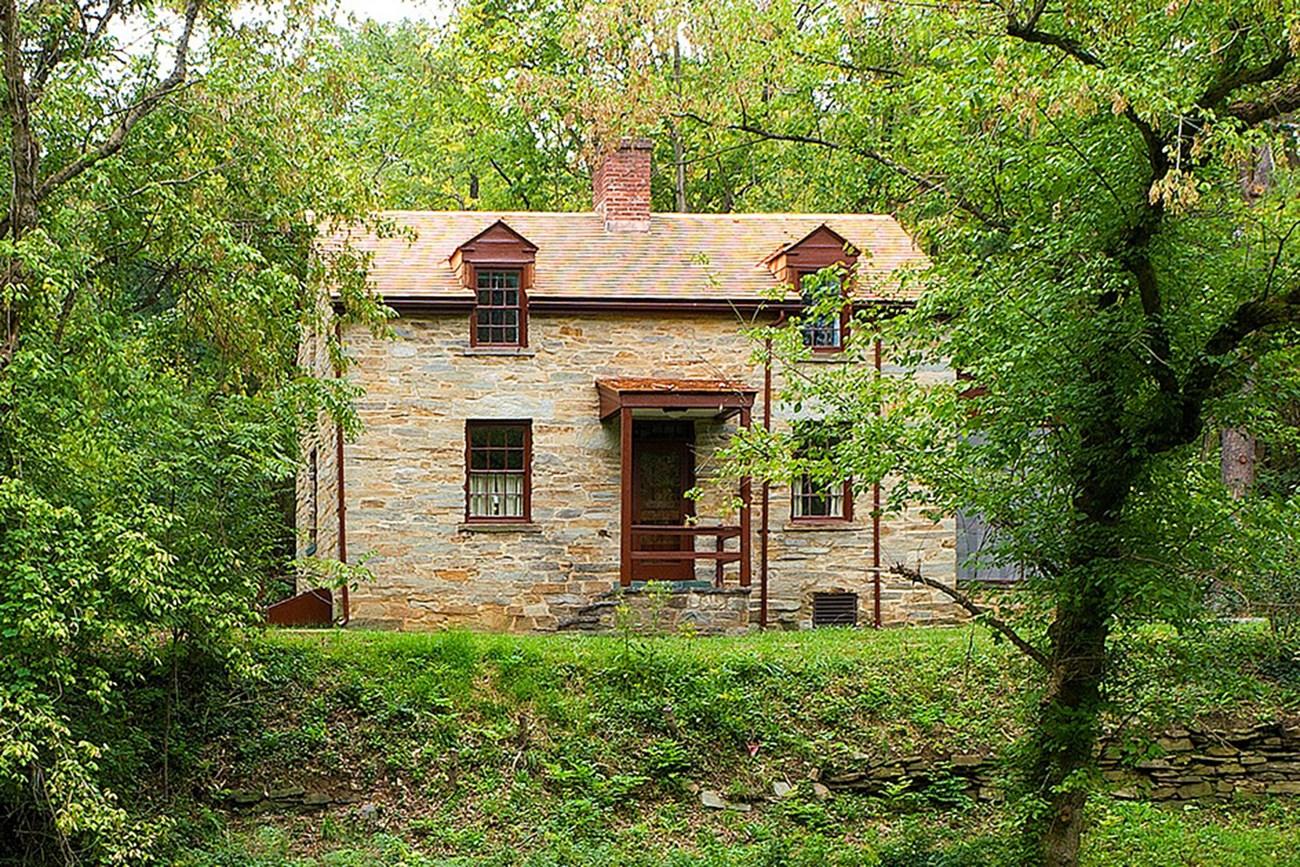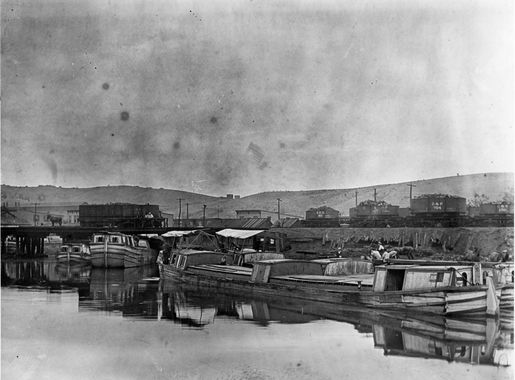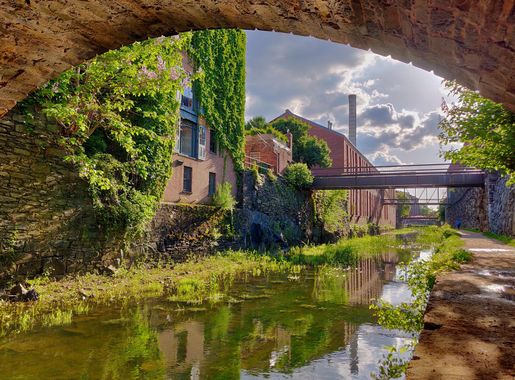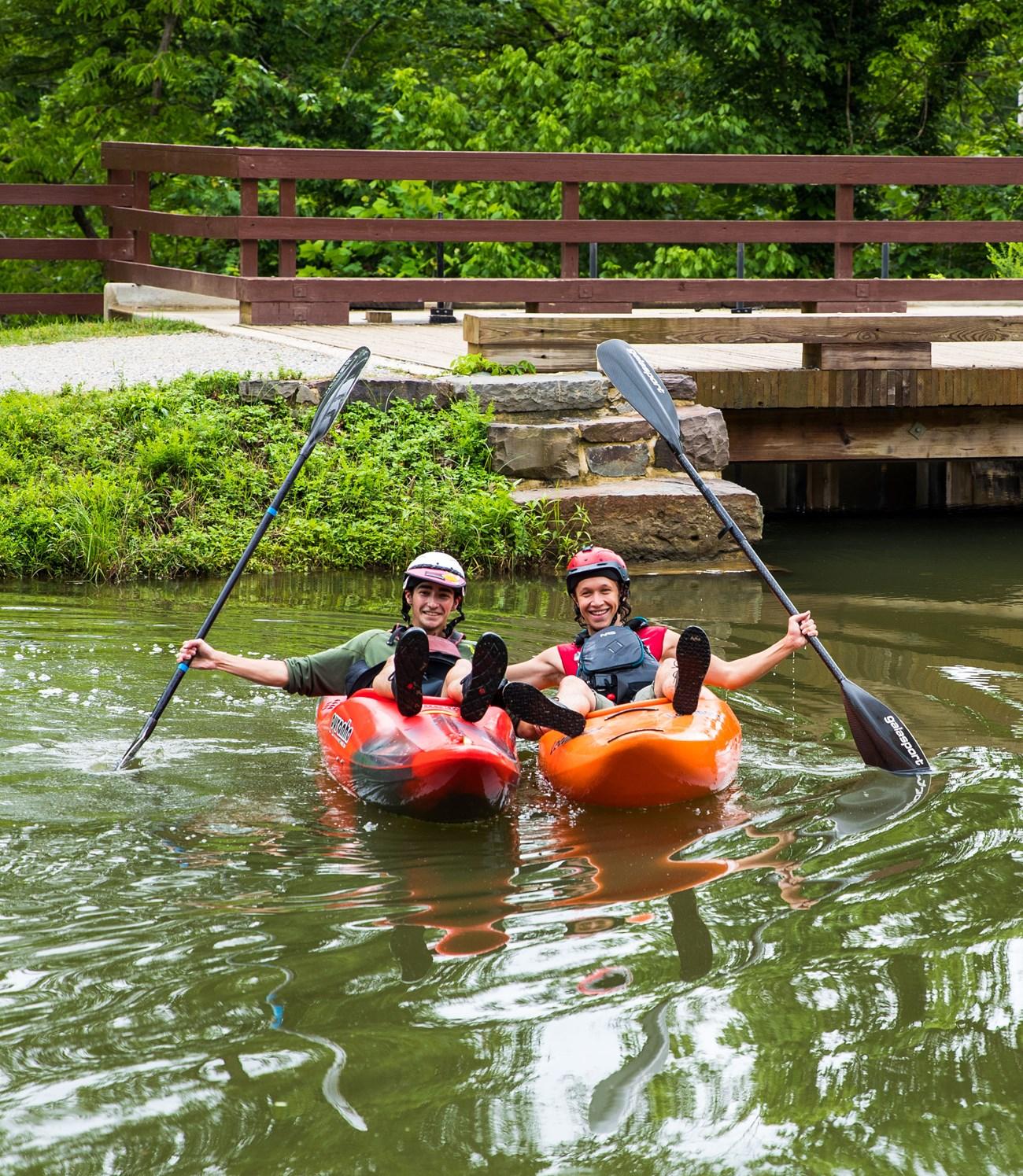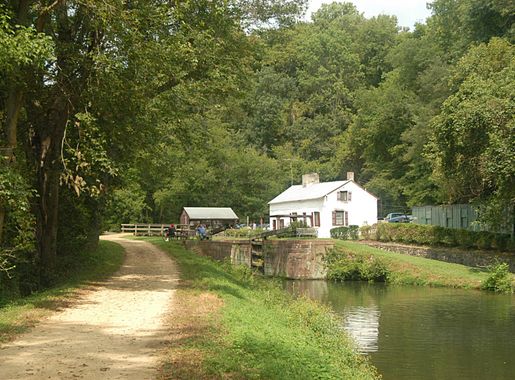
Historic Beauty Along the Chesapeake and Ohio Canal
Explore the rich history and natural beauty of the Chesapeake and Ohio Canal National Historical Park, a scenic treasure in Maryland offering a blend of recreation and heritage.
The Chesapeake and Ohio Canal National Historical Park in Maryland is a captivating destination for history enthusiasts and nature lovers alike. Spanning 184.5 miles from Washington, D.C. to Cumberland, Maryland, this park follows the path of the historic C&O Canal, offering a glimpse into America's past. The canal was once a vital waterway for transporting goods during the 19th century. Today, it stands as a testament to the ingenuity and hard work of those who built it. Visitors to the park can explore a variety of recreational activities. There are numerous hiking and biking trails, including the popular towpath that runs parallel to the canal. This path offers scenic views of the Potomac River and the surrounding woodlands. Wildlife enthusiasts can spot a range of animals, from deer to bald eagles, making it an ideal spot for nature photography. In addition to its natural beauty, the park is dotted with historic structures. Lockhouses, aqueducts, and old mills provide a tangible connection to the past. The Great Falls Tavern Visitor Center offers informative exhibits and guided tours, enhancing your understanding of the canal's history and significance. Whether you're paddling a kayak, enjoying a picnic, or simply taking in the serene surroundings, the Chesapeake and Ohio Canal National Historical Park promises a memorable experience.
Local tips in Chesapeake and Ohio Canal National Historical Park
- Wear comfortable shoes for walking or biking along the towpath.
- Bring a camera or binoculars for wildlife and scenic views.
- Visit the Great Falls Tavern Visitor Center for historical exhibits and guided tours.
- Pack a picnic to enjoy at one of the many scenic spots along the canal.
- Check the weather forecast and dress accordingly, as conditions can change quickly.
Historic Beauty Along the Chesapeake and Ohio Canal
The Chesapeake and Ohio Canal National Historical Park in Maryland is a captivating destination for history enthusiasts and nature lovers alike. Spanning 184.5 miles from Washington, D.C. to Cumberland, Maryland, this park follows the path of the historic C&O Canal, offering a glimpse into America's past. The canal was once a vital waterway for transporting goods during the 19th century. Today, it stands as a testament to the ingenuity and hard work of those who built it. Visitors to the park can explore a variety of recreational activities. There are numerous hiking and biking trails, including the popular towpath that runs parallel to the canal. This path offers scenic views of the Potomac River and the surrounding woodlands. Wildlife enthusiasts can spot a range of animals, from deer to bald eagles, making it an ideal spot for nature photography. In addition to its natural beauty, the park is dotted with historic structures. Lockhouses, aqueducts, and old mills provide a tangible connection to the past. The Great Falls Tavern Visitor Center offers informative exhibits and guided tours, enhancing your understanding of the canal's history and significance. Whether you're paddling a kayak, enjoying a picnic, or simply taking in the serene surroundings, the Chesapeake and Ohio Canal National Historical Park promises a memorable experience.
When is the best time to go to Chesapeake and Ohio Canal National Historical Park?
Iconic landmarks you can’t miss
Riley's Lock (Lock 24)
Explore the historic Riley's Lock (Lock 24) along the Chesapeake and Ohio Canal, where nature meets history in the heart of Maryland.
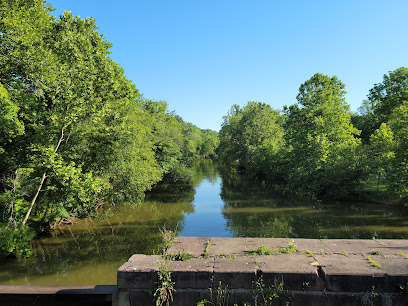
C&O Canal Lock 21
Explore C&O Canal Lock 21, a historical landmark where nature meets history along the scenic Potomac River.

C&O Canal Lock 38
Experience the enchanting beauty and historical significance of C&O Canal Lock 38, a must-visit destination for nature and history enthusiasts.
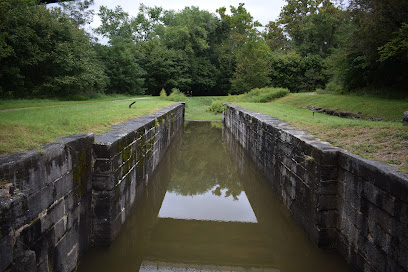
Chesapeake & Ohio Canal
Discover the breathtaking Chesapeake & Ohio Canal, a historical park filled with scenic beauty, outdoor adventures, and rich cultural heritage.
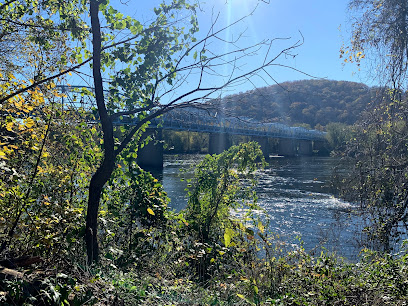
C&O Canal Lock 23
Discover the charm of C&O Canal Lock 23, a historic landmark showcasing 19th-century engineering amidst beautiful natural scenery along the Potomac River.
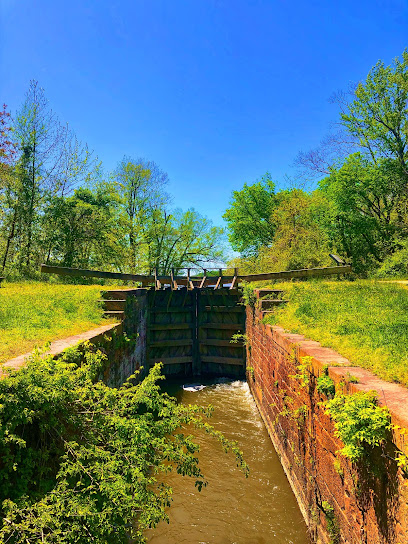
Williamsport C&O Canal
Discover the natural beauty and historical significance of the Williamsport C&O Canal, a perfect destination for hiking and exploration in Maryland.
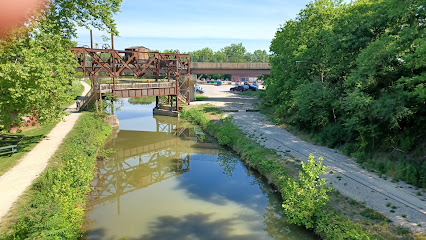
C&O Canal Lock 8
Explore C&O Canal Lock 8: A Historical Landmark in Maryland Offering Scenic Views and Outdoor Activities Along the Historic Canal.
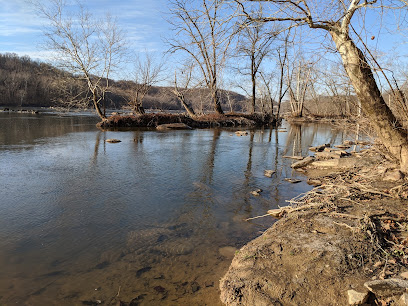
Canal Lockhouse 44
Explore Canal Lockhouse 44 in Williamsport, MD – a historical gem along the scenic Chesapeake and Ohio Canal Towpath perfect for hiking and outdoor adventures.
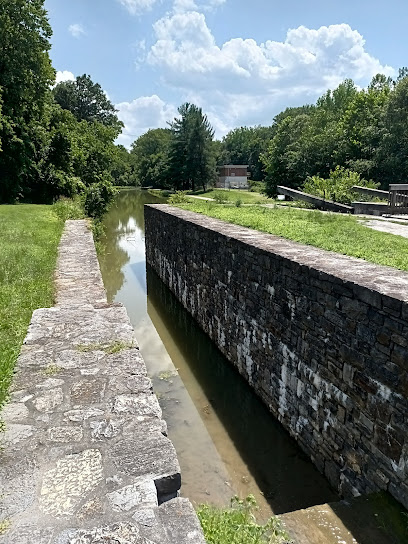
Chesapeake and Ohio Canal
Discover the Chesapeake and Ohio Canal, a historical waterway offering stunning scenery, rich history, and endless recreational opportunities for all ages.
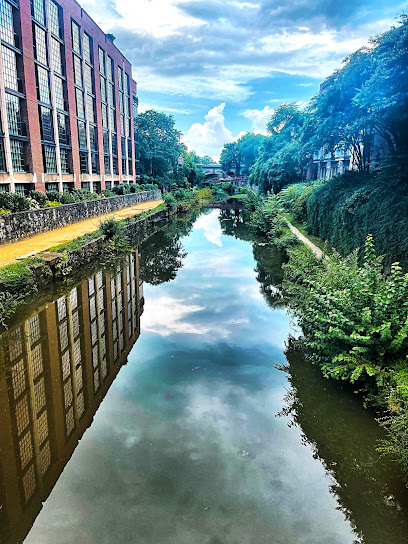
C&O Canal Lock 30
Experience the rich history and natural beauty of C&O Canal Lock 30, a peaceful retreat along the Chesapeake and Ohio Canal Towpath.
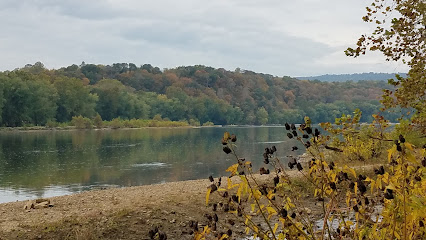
C & O Canal National Historical Park Headquarters
Discover the historical significance and natural beauty of the C & O Canal National Historical Park Headquarters in Williamsport, Maryland, a must-see for every traveler.
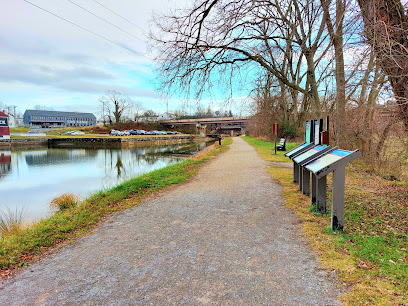
C & O Canal Park
Discover the serene beauty and rich history of C & O Canal Park, a perfect retreat for nature lovers and outdoor enthusiasts in Maryland.
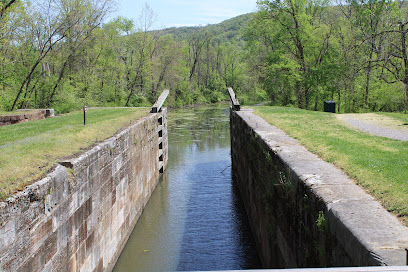
C&O Canal Lock 20
Discover the historical significance of C&O Canal Lock 20, a serene landmark along the Chesapeake and Ohio Canal Towpath with stunning views.

Lockhouse 31
Experience the historical charm and natural beauty of Lockhouse 31, a key site along the Chesapeake and Ohio Canal in Knoxville, Maryland.
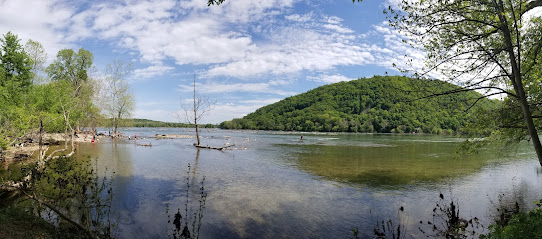
Chesapeake and Ohio Canal National Historic Park, Great Falls Maryland
Discover the historical significance and natural beauty of Chesapeake and Ohio Canal National Historic Park, an outdoor paradise in Great Falls, Maryland.
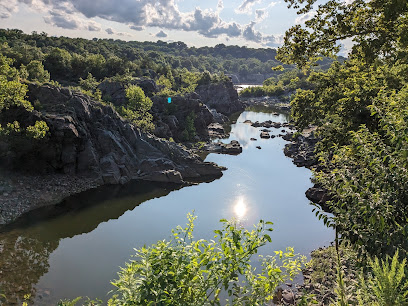
Unmissable attractions to see
Harpers Ferry National Historical Park
Discover the rich history and stunning landscapes of Harpers Ferry National Historical Park, a must-visit destination for history buffs and nature lovers.
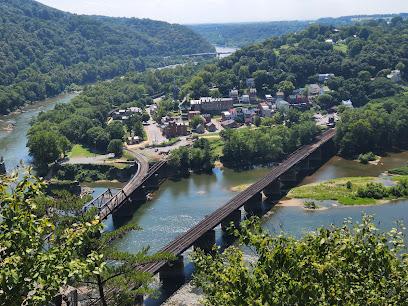
Orr's Farm Market
Discover fresh flavors and local charm at Orr's Farm Market in Martinsburg, WV, a must-visit destination for food lovers and families alike.
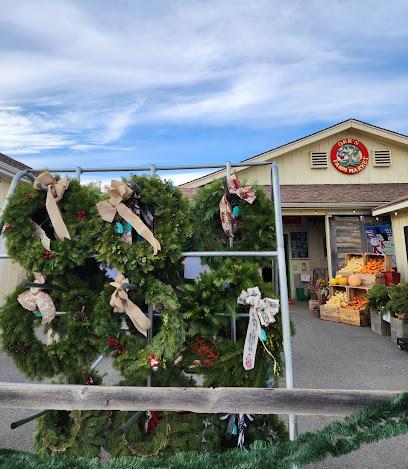
Great Falls Tavern Visitor Center
Explore the Great Falls Tavern Visitor Center, where history meets nature along the Chesapeake and Ohio Canal in Maryland.
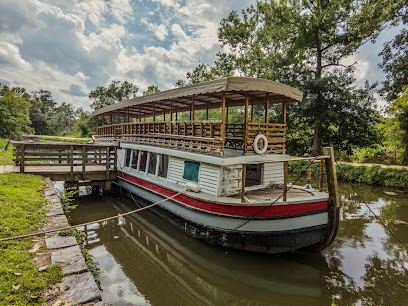
Maryland Heights
Explore the breathtaking landscapes and rich history of Maryland Heights, a serene park in Harpers Ferry, ideal for outdoor adventures and nature lovers.

John Brown's Fort
Explore John Brown's Fort, a pivotal historical landmark in Harpers Ferry, WV, steeped in the fight for freedom and American civil rights.

Riley's Lock (Lock 24)
Explore the historic Riley's Lock on the Chesapeake and Ohio Canal Towpath, a serene spot for outdoor adventures and historical insights.
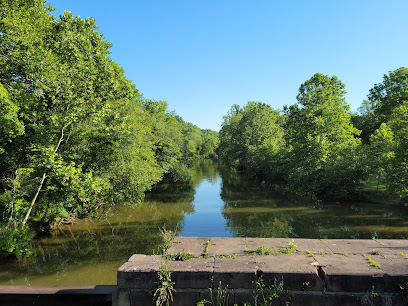
Sunset Hills Vineyard
Discover the enchanting Sunset Hills Vineyard in Purcellville, VA, where exquisite wines and breathtaking views come together for an unforgettable experience.

Cumberland Visitor Center
Discover the Cumberland Visitor Center, your gateway to the stunning landscapes and rich history of Western Maryland.
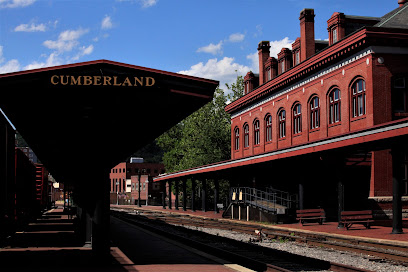
Maryland Heights Trailhead
Experience the breathtaking views and diverse trails at Maryland Heights Trailhead, a premier hiking destination near Harpers Ferry.

Doukenie Winery
Experience the enchanting Doukenie Winery in Virginia, where exquisite wines and stunning vineyard views await every visitor.
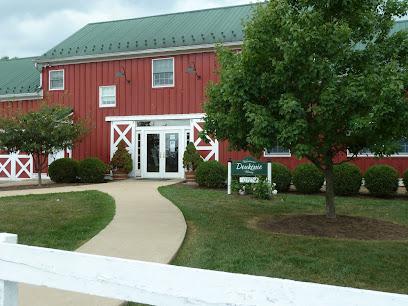
Chesapeake & Ohio Canal
Discover the scenic beauty and historical significance of the Chesapeake & Ohio Canal, a perfect outdoor destination for nature lovers and history buffs.

Canal Lockhouse 44
Discover the historical charm and natural beauty of Canal Lockhouse 44, a perfect spot for hiking and exploring the scenic Chesapeake and Ohio Canal.
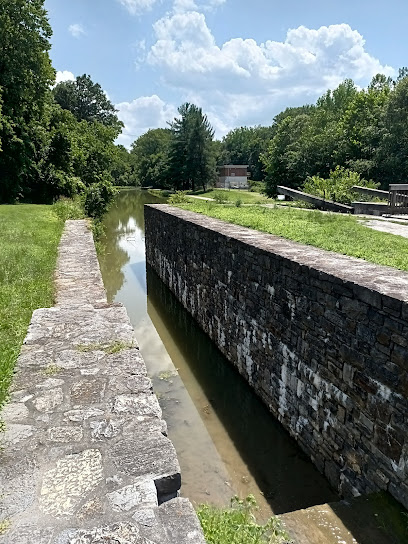
C & D Canal Museum
Explore the C & D Canal Museum in Chesapeake City, Maryland, and immerse yourself in the rich maritime history and ecology of the Chesapeake and Delaware Canal.

C & O Canal National Historical Park Headquarters
Discover the historic C & O Canal National Historical Park Headquarters, where nature meets history in scenic Williamsport, MD.
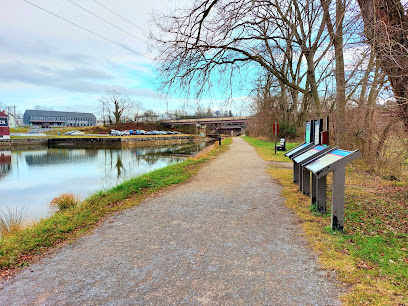
C & O Canal Park
Discover the serene beauty and rich history of C & O Canal Park, a perfect outdoor escape along the Potomac River for every traveler.
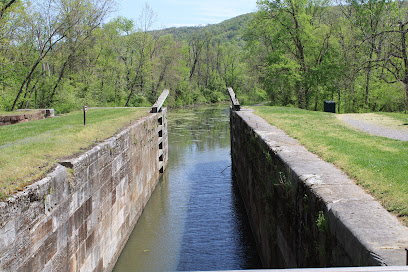
Essential places to dine
Schaefer's Canal House
Experience exquisite seafood dining at Schaefer's Canal House in Chesapeake City—where flavor meets stunning waterfront views.
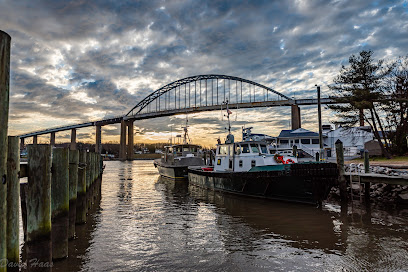
Chesapeake Inn Restaurant & Marina
Experience exquisite dining at Chesapeake Inn Restaurant & Marina with stunning views, fresh seafood, and vibrant live music in Maryland.
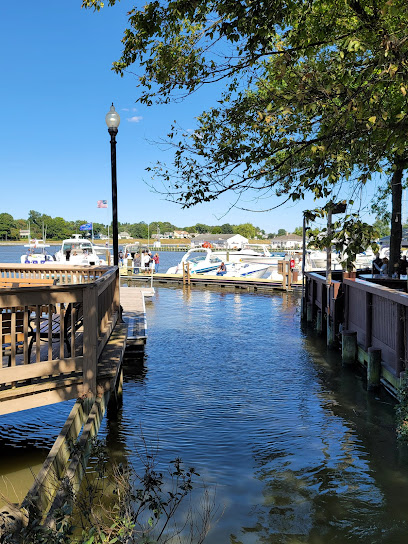
The Wellwood Restaurant
Experience exquisite seafood dining with breathtaking waterfront views at The Wellwood Restaurant in Maryland.
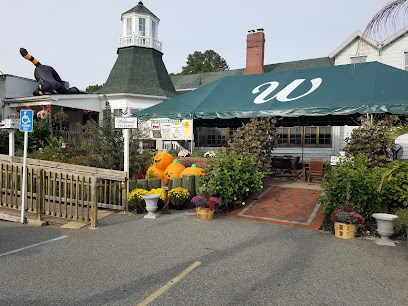
Traders Seafood Steak & Ale
Experience exquisite seafood and steak at Traders Seafood Steak & Ale in Chesapeake Beach – where great food meets stunning bay views.
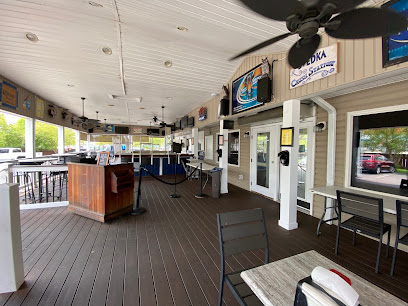
Old Anglers Inn
Discover Old Anglers Inn: A premier dining destination offering exquisite American cuisine with breathtaking views along the Potomac River.
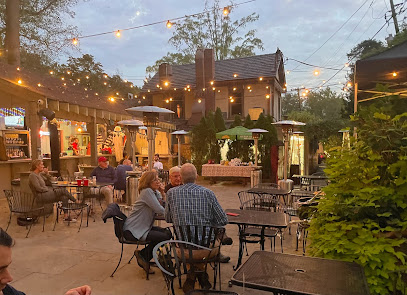
Abners Crab House
Experience Maryland's finest seafood at Abner's Crab House in Chesapeake Beach – where fresh crabs meet stunning waterfront views.
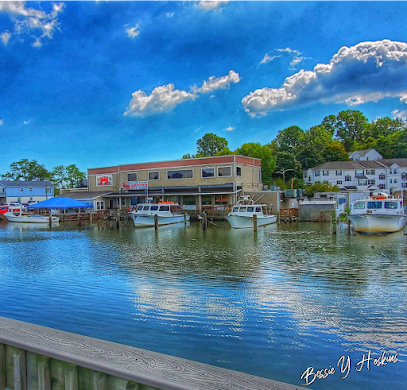
Portside Seafood Restaurant/
Discover fresh seafood delights at Portside Seafood Restaurant in Cambridge, MD – where local flavors meet stunning waterfront views.

Pier 1 Restaurant
Discover culinary delights at Pier 1 Restaurant in North East MD - where Italian flavors meet fresh seafood in a scenic waterfront setting.
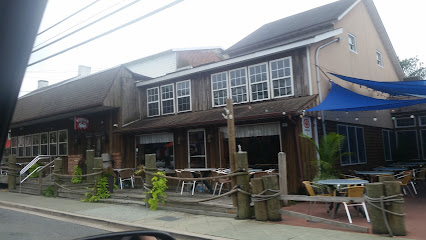
Ketch 22
Discover Ketch 22: A delightful dining experience with breathtaking views and exceptional Chesapeake cuisine in North Beach.

The Bayard House Restaurant
Experience exquisite seafood dining with stunning views at The Bayard House Restaurant in Chesapeake City.
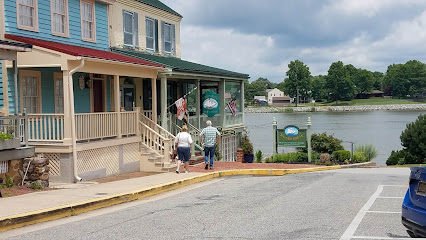
The River Shack
Experience the best crab dishes at The River Shack in Charlestown – where fresh seafood meets stunning waterfront views.
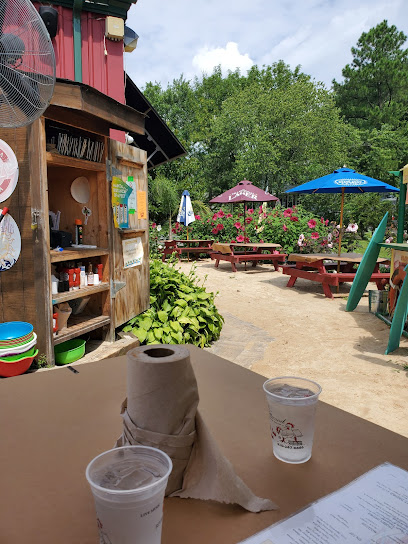
Ocean Odyssey Crab House & Seafood Restaurant
Discover fresh seafood delights at Ocean Odyssey Crab House & Seafood Restaurant in Cambridge, MD – where every dish tells a story.
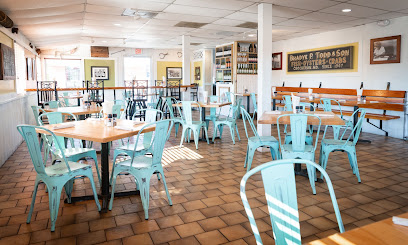
Prime 225
Discover Prime 225: where fine dining meets exceptional service in Chesapeake City, Maryland.
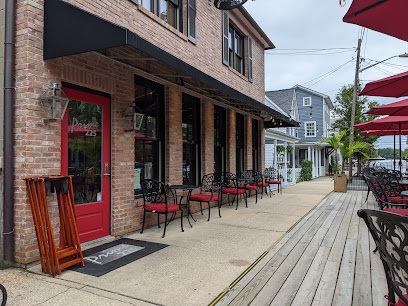
Tap Room Inc
Savor the freshest crab dishes in Chesapeake City at Tap Room Inc - a culinary gem where seafood lovers unite!
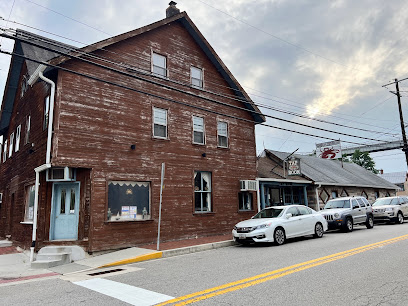
1936 Bar & Grill
Experience local flavors at 1936 Bar & Grill in Chesapeake Beach – where great food meets stunning waterfront views.

Markets, malls and hidden boutiques
Cumberland Visitor Center
Explore the natural beauty and rich history of Western Maryland at the Cumberland Visitor Center, your gateway to adventure and discovery.
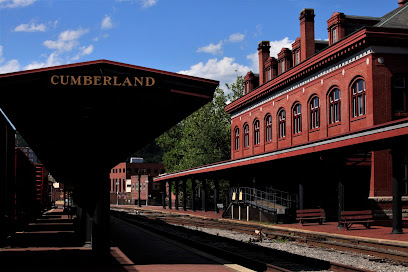
Chesapeake & Ohio Canal
Discover the natural splendor and historical charm of the Chesapeake & Ohio Canal, perfect for outdoor adventures and serene retreats.
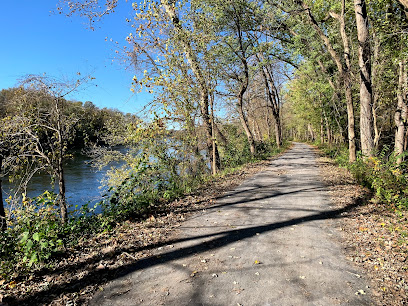
Williamsport C&O Canal
Explore the picturesque trails and historical significance of Williamsport C&O Canal, a perfect outdoor escape for nature lovers and history buffs alike.
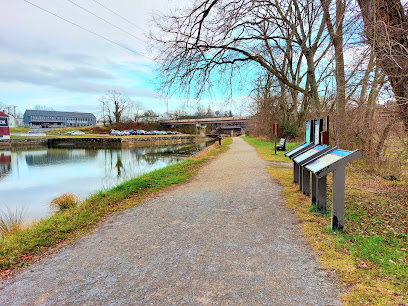
Chesapeake and Ohio Canal
Explore the scenic Chesapeake and Ohio Canal, a historical treasure ideal for outdoor activities and a glimpse into America's past.
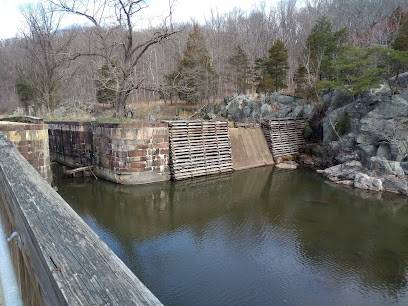
C & O Canal National Historical Park Headquarters
Discover the rich history and natural beauty of the C & O Canal National Historical Park Headquarters, a must-visit destination in Maryland.
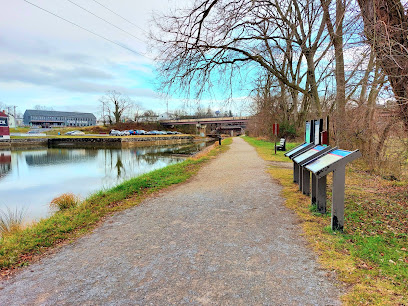
C&O Canal Lock 20
Discover the historic C&O Canal Lock 20, a serene landmark offering picturesque views and a glimpse into America's transportation heritage.
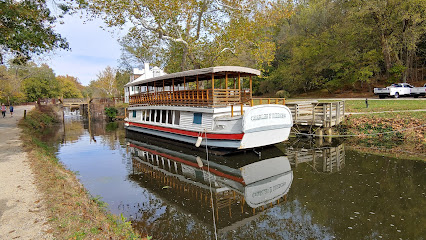
Chesapeake and Ohio Canal National Historic Park, Great Falls Maryland
Discover the Chesapeake and Ohio Canal National Historic Park, where history and nature intertwine along Maryland's scenic landscapes.
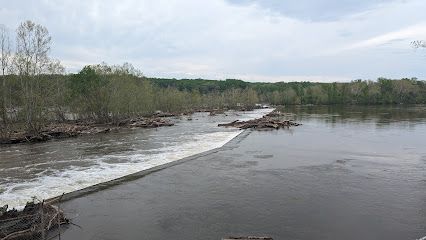
Chesapeake And Ohio Canal Historical Park In Georgetown
Explore the serene Chesapeake and Ohio Canal Historical Park, a memorial park rich in history, scenic views, and outdoor adventures in Georgetown.
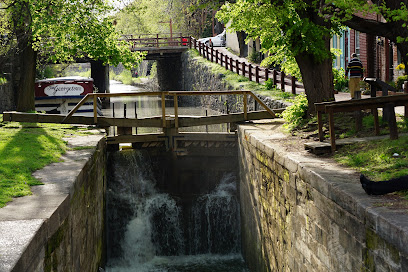
C&O Canal Lock 19
Explore the historic C&O Canal Lock 19, a picturesque landmark showcasing the engineering marvels of the 19th century amidst scenic natural beauty.
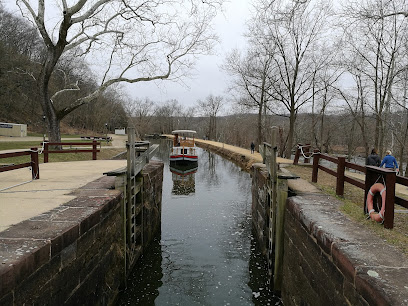
Chesapeake & Ohio Canal National Historical Park
Discover the rich history and natural beauty of Chesapeake & Ohio Canal National Historical Park, a must-visit destination for nature lovers and history buffs.
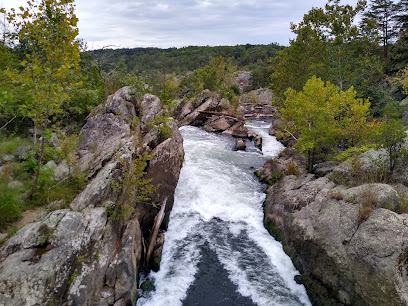
Chesapeake & Ohio Canal Lock 4
Explore Chesapeake & Ohio Canal Lock 4, a historic landmark showcasing the beauty of America's canal history amidst scenic trails and serene landscapes.
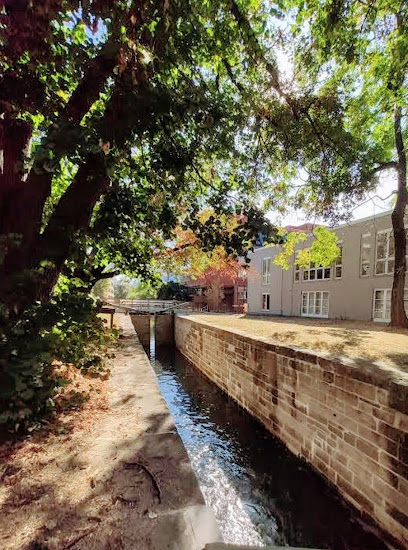
C&O canal midpoint marker
Discover the C&O Canal Midpoint Marker, a historical gem in Williamsport, MD, where nature and history intertwine beautifully.
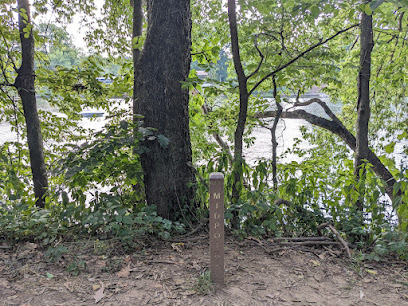
Canal Quarters
Explore Canal Quarters, a historical landmark in Williamsport, MD, where the charm of the Chesapeake and Ohio Canal comes to life.
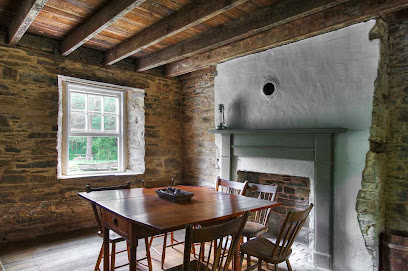
Chesapeake and Ohio Canal National Historical Park
Explore the Chesapeake and Ohio Canal National Historical Park, a scenic historical landmark where nature meets rich history in Maryland.
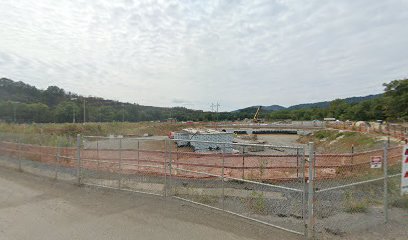
Essential bars & hidden hideouts
Chesapeake & Ohio Canal
Discover the natural beauty and rich history of the Chesapeake & Ohio Canal, a perfect getaway for nature lovers and history enthusiasts.
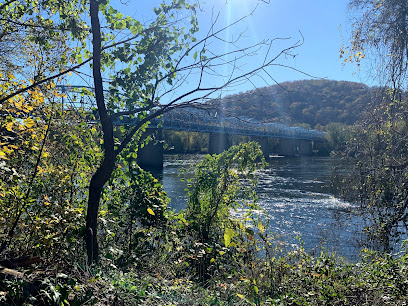
Chesapeake and Ohio Canal
Discover the beauty and history of the Chesapeake and Ohio Canal, a scenic waterway offering outdoor adventures and cultural insights.
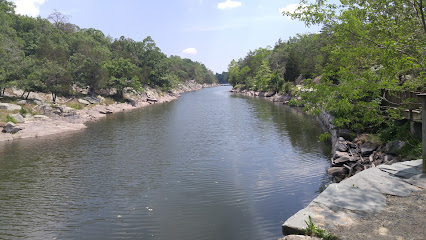
C & O Canal National Historical Park Headquarters
Discover the historical significance and natural beauty of the C & O Canal National Historical Park Headquarters in Maryland.
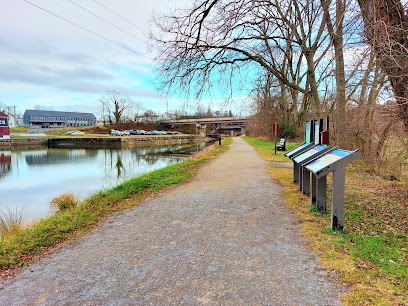
Chesapeake and Ohio Canal National Historic Park, Great Falls Maryland
Discover the rich history and breathtaking natural beauty of the Chesapeake and Ohio Canal National Historic Park in Great Falls, Maryland.
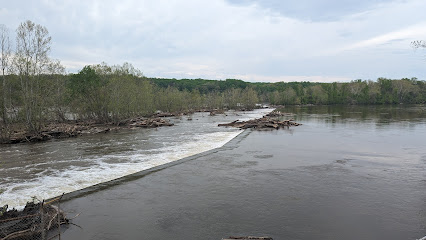
Chesapeake & Ohio Canal National Historical Park
Explore the Chesapeake & Ohio Canal National Historical Park, where history and nature converge in scenic Washington, DC.
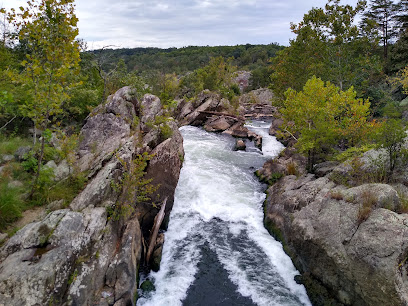
Chesapeake and Ohio Canal National Historical Park
Discover the historic Chesapeake and Ohio Canal National Historical Park, a scenic journey through America's past and natural beauty.
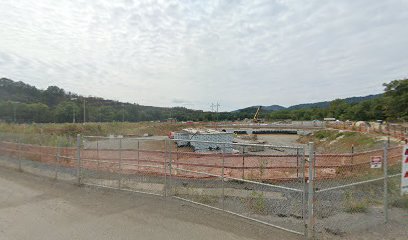
Local Phrases about Chesapeake and Ohio Canal National Historical Park
-
- HelloHowdy
[haw-dee] - GoodbyeSo long
[soh lawng] - YesYup
[yuhp] - NoNaw
[naw] - Please/You're welcomePlease/Come on in
[pleez/kum awn in] - Thank youThanks a heap
[thangs uh heep] - Excuse me/SorryPardon me/My bad
[pahr-dun me/my bad] - How are you?How y'all doin'?
[haw y'all doo-in] - Fine. And you?Fine. How 'bout you?
[fahyn. how 'bout yuh] - Do you speak English?Y'all speak English?
[y'all speak ing-glish] - I don't understandI ain't catchin' on
[ahynt kach-in awn]
- HelloHowdy
-
- I'd like to see the menu, pleaseCan I see the grub list, please
[kan ahy see the gruhb list pleez] - I don't eat meatI don't reckon meat
[ahy dohnt rek-uhn meet] - Cheers!Bottoms up!
[bot-uhms up] - I would like to pay, pleaseCan I settle the bill, please
[kan ahy set-l the bil pleez]
- I'd like to see the menu, pleaseCan I see the grub list, please
-
- Help!SOS!
[S-O-S] - Go away!Git!
[jit] - Call the Police!Phone the Sheriff!
[fone the sher-iff] - Call a doctor!Get the sawbones!
[get the saw-bohns] - I'm lostI'm turned around
[ahym turnd uh-round] - I'm illI'm ailin'
[ahym ay-lin]
- Help!SOS!
-
- I'd like to buy...I'm fixin' to purchase...
[ahym fik-sin tuh pur-chus] - I'm just lookingJust browsin'
[just brow-zin] - How much is it?How much y'all want?
[haw much y'all wahnt] - That's too expensiveThat's highfalutin'
[thats hahy-fuh-loo-tin] - Can you lower the price?Can y'all knock it down a mite?
[kan y'all nok it doun uh myt]
- I'd like to buy...I'm fixin' to purchase...
-
- What time is it?What's the hour?
[whats the aow-er] - It's one o'clockIt's one by the clock
[its wun by the klawk] - Half past (10)Ten thirty
[ten thur-ty] - MorningMornin'
[mawrn-in] - AfternoonAfternoon
[af-ter-noon] - EveningEvenin'
[ee-vnin] - YesterdayYestiddy
[yes-tid-ee] - TodayToday
[toh-day] - TomorrowT'morrow
[tuh-mawr-oh] - 1One
[wun] - 2Two
[too] - 3Three
[three] - 4Four
[fore] - 5Five
[fahyv] - 6Six
[siks] - 7Seven
[sev-uhn] - 8Eight
[ayt] - 9Nine
[nahyn] - 10Ten
[ten]
- What time is it?What's the hour?
-
- Where's a/the...?Where's the...
[wheres the] - What's the address?What's the street name?
[whats the street naym] - Can you show me (on the map)?Can y'all point it out (on the map)?
[kan y'all point it out on the map] - When's the next (bus)?When's the next (bus) comin'?
[whens the next bus comin] - A ticket (to ....)A pass (to ...)
[a pass to]
- Where's a/the...?Where's the...
History of Chesapeake and Ohio Canal National Historical Park
-
The Chesapeake and Ohio Canal, often referred to as the C&O Canal, was envisioned as a vital trade route to connect the Chesapeake Bay with the Ohio River. The idea was to create a navigable waterway that could transport goods from the western territories to the eastern seaboard. The canal was part of a larger vision to expand the infrastructure of the young United States and stimulate economic growth. Construction began in 1828, with President John Quincy Adams breaking ground in a ceremony in Georgetown.
-
Building the C&O Canal was no small feat. Workers, many of whom were immigrants from Ireland and Germany, faced harsh conditions, including disease and difficult terrain. Despite these challenges, they constructed impressive engineering works such as the Paw Paw Tunnel, a 3,118-foot tunnel that took over a decade to complete. The canal also featured numerous aqueducts and locks, each a testament to the ingenuity and determination of its builders.
-
Upon its completion, the C&O Canal played a crucial role in the transportation of coal, lumber, and agricultural products. Canal boats, often operated by families who lived on them, became a common sight. The canal helped to stimulate economic growth in the region and provided a livelihood for many. However, life on the canal was not easy; boatmen and their families faced long hours and the constant threat of accidents.
-
The C&O Canal found itself in the midst of the Civil War, a strategic asset for both Union and Confederate forces. The canal's proximity to the Mason-Dixon Line made it a target for raids and skirmishes. Both sides aimed to control or disrupt this crucial supply route. Notably, Confederate General Stonewall Jackson's troops attempted to destroy parts of the canal to hinder Union supply lines.
-
With the advent of the railroad in the mid-19th century, the importance of the C&O Canal began to wane. Rail transport was faster and more efficient, leading to a gradual decline in canal usage. By 1924, the canal ceased operations entirely. Over the following decades, the canal fell into disrepair and many parts were abandoned, leaving behind a rich historical legacy.
-
The transformation of the C&O Canal into a National Historical Park began in the 1950s, spearheaded by conservationists and local advocates who recognized the historical and recreational value of the site. In 1971, the canal was officially designated as the Chesapeake and Ohio Canal National Historical Park. Today, it serves as a cherished natural and historical resource, offering visitors a glimpse into America's past while providing opportunities for hiking, biking, and other outdoor activities.
-
Preserving the C&O Canal's cultural heritage has been a continuous effort involving local communities, historians, and the National Park Service. Restoration projects have focused on maintaining the canal's historical structures, such as locks and aqueducts, and interpreting its history for the public. The park also hosts educational programs and events to engage visitors with the canal's rich history, ensuring that future generations can appreciate this significant landmark.
Chesapeake and Ohio Canal National Historical Park Essentials
-
The Chesapeake and Ohio Canal National Historical Park stretches from Washington, D.C. to Cumberland, Maryland. The most convenient access point is in Washington, D.C., which is easily reachable by three major airports: Ronald Reagan Washington National Airport (DCA), Washington Dulles International Airport (IAD), and Baltimore/Washington International Thurgood Marshall Airport (BWI). From Washington, D.C., you can drive to the park's Georgetown entrance or take public transportation. Other popular access points include Great Falls Tavern Visitor Center, accessible via I-495, and the Cumberland terminus, accessible via I-68.
-
Within the park, transportation options include walking, cycling, and boating along the canal. The park offers bike rentals at several visitor centers. If you prefer to drive, parking is available at various points along the canal. Public transportation options are limited within the park itself, but several bus routes and the D.C. Metro can get you close to the Georgetown entrance. For a unique experience, consider taking a canal boat ride operated by the National Park Service.
-
The official currency is the United States Dollar (USD). Credit and debit cards are widely accepted at visitor centers and nearby businesses, but it's a good idea to carry some cash for smaller purchases or rural areas. ATMs are available in nearby towns and cities, including Washington, D.C., Great Falls, and Cumberland.
-
The Chesapeake and Ohio Canal National Historical Park is generally safe for tourists. Exercise standard precautions such as not leaving valuables in plain sight in your vehicle and staying aware of your surroundings. Some areas in nearby cities, like parts of Washington, D.C., may have higher crime rates, particularly after dark. It's advisable to research specific neighborhoods and avoid walking alone at night in unfamiliar urban areas.
-
In case of emergency, dial 911 for immediate assistance. The park is patrolled by National Park Service rangers who can provide help. Medical facilities are available in nearby towns and cities, including major hospitals in Washington, D.C. It's advisable to carry a basic first-aid kit for minor injuries and have travel insurance that covers medical emergencies.
-
Fashion: Do wear comfortable walking shoes and dress in layers, as the weather can change quickly. Avoid wearing flip-flops or high heels. Religion: There are no specific religious customs to observe in the park, but always be respectful of any cultural or historical sites. Public Transport: Do use public transport to reach the park where possible to reduce environmental impact. Don't litter and always dispose of your trash properly. Greetings: A simple 'Hello' or 'Hi' is sufficient. Eating & Drinking: Do bring plenty of water and snacks, especially if you're planning a long hike or bike ride. Don't feed the wildlife, as it can be harmful to both animals and humans.
-
To experience the Chesapeake and Ohio Canal National Historical Park like a local, start your visit early in the morning to avoid crowds and enjoy the tranquility. Pack a picnic and enjoy it at one of the many scenic spots along the canal. Engage with park rangers and volunteers; they often have fascinating stories and valuable tips. Don't miss the Great Falls area, which offers spectacular views and excellent hiking trails. For a unique experience, visit during fall when the foliage is at its peak.
Trending Landmarks in Chesapeake and Ohio Canal National Historical Park
-
Riley's Lock (Lock 24)
-
C&O Canal Lock 21
-
C&O Canal Lock 38
-
Chesapeake & Ohio Canal
-
C&O Canal Lock 23
-
Williamsport C&O Canal
-
C&O Canal Lock 8
-
Canal Lockhouse 44
-
Chesapeake and Ohio Canal
-
C&O Canal Lock 30
-
C & O Canal National Historical Park Headquarters
-
C & O Canal Park
-
C&O Canal Lock 20
-
Lockhouse 31
-
Chesapeake and Ohio Canal National Historic Park, Great Falls Maryland
Nearby Cities to Chesapeake and Ohio Canal National Historical Park
-
Things To Do in Hagerstown
-
Things To Do in Harper's Ferry
-
Things To Do in Frederick
-
Things To Do in Gettysburg
-
Things To Do in Gaithersburg
-
Things To Do in Rockville
-
Things To Do in Bethesda
-
Things To Do in Silver Spring
-
Things To Do in Laurel
-
Things To Do in Towson
-
Things To Do in Baltimore
-
Things To Do in Waldorf
-
Things To Do in Annapolis
-
Things To Do in Hershey
-
Things To Do in Lancaster

